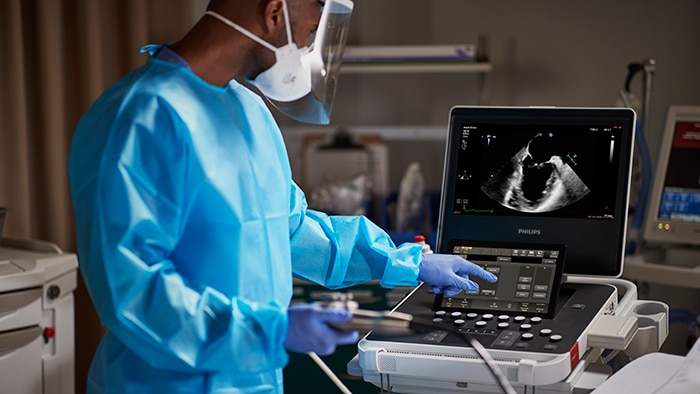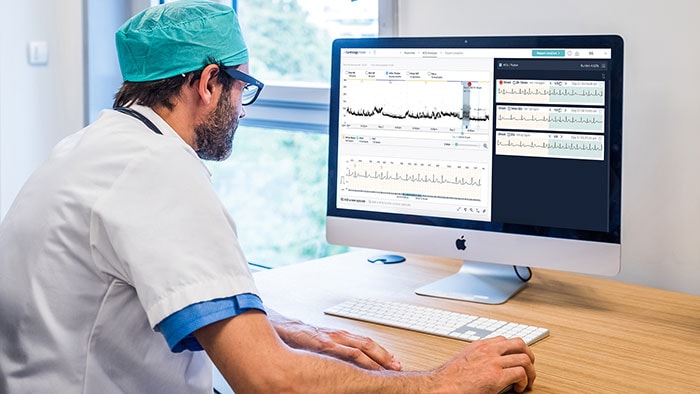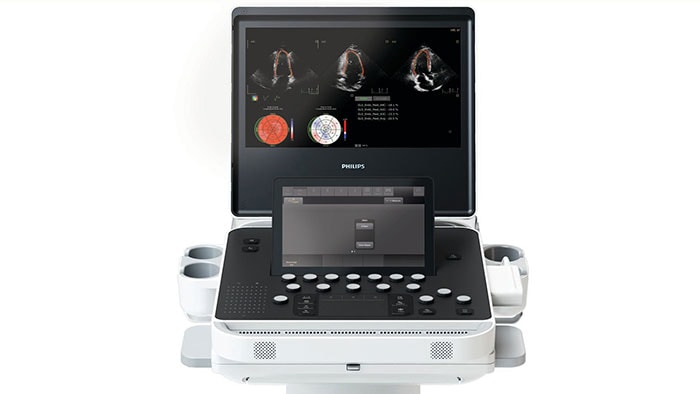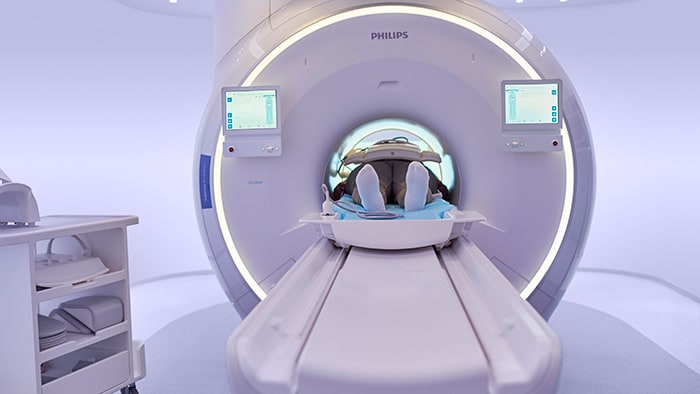In a rural U.S. community, a patient learns that she needs an ultrasound ASAP. But the closest medical center is 50 miles away, and its only ultrasound machine is not working. The small center has limited funds and is having difficulty affording a new replacement part, much less a new machine – potentially resulting in a few weeks’ wait. So the patient, too, will have to wait for vital care.
Now imagine a different scenario, where this rural center has access to an innovative and affordable resource that works to harvest medical equipment from major suppliers and repairs parts for reuse. The medical center promptly receives a repaired and tested missing part they can afford; the patient gets the immediate care they need.
This is a true example of a circular approach to healthcare resources. As opposed to the linear model of “take, make, dispose,” in a circular economy, products, parts, and materials are kept at their highest utility and value at all times, circulating between customers. This productive loop of “make, use, return”, helps obtain the most life from precious resources and keeps waste out of landfills. Today, transitioning from a linear to a circular healthcare economy is essential in creating a more sustainable world.

Improving healthcare sustainability via a circular economy does not just help improve the health of our planet. It creates new pathways to help improve the health of patients. That’s why – part by part – bold and innovative solutions that connect a range of companies and care providers are successfully accelerating needed improvements in healthcare sustainability. Making connections is key. Following a model where healthcare companies, NGOs and organizations across the public and private sector recognize their strengths and their interconnection as they work together toward a common goal can help drive global action on sustainability. Such a model provides a roadmap for the future – and the promise that healthcare leaders do not have to take on the issue of improving sustainability alone.
Healthcare leaders are looking to accelerate their sustainability plans
Today, the global healthcare industry accounts for 4.4% of global greenhouse gas emissions [1]. In the U.S., the healthcare sector contributes 7.6% of domestic U.S. greenhouse gas emissions [2]. Sustainability is an even higher priority on the global stage. Today, nearly a quarter of global healthcare leaders are prioritizing sustainability, six times the amount that was in 2021 [5]. Healthcare leaders understand the need to create a more sustainable approach that also facilitates access to care and are increasingly challenged with setting – and delivering on – ambitious environmental targets. These targets often call for rapid progress, which may be difficult for an organization to achieve on its own.
Healthcare leaders in the U.S. and around the world are looking to accelerate their sustainability plans. According to the U.S. Future Health Index 2023 Report, environmental sustainability has become significantly more prominent in recent years. Compared to just 1% in 2021, 28% of U.S. healthcare leaders now identify implementing sustainability practices as one of their top priorities [3]. In addition, ten major U.S. healthcare systems have joined the Race to Zero, committing to achieving net zero carbon emissions by 2050 [4].

The path forward: partnership is key in the push to accelerate healthcare sustainability
We have been addressing climate change for many years, setting ambitious environmental targets for our operations, innovation, and supply chain; and teaming up with our partners, including our customers and suppliers, to deliver on them.”
Robert Metzke
Global Head of Sustainability for Philips
At Philips, we are proud to have improved sustainability from within our company and are uniquely positioned to help drive change as both an experienced and credible health tech partner. We are constantly improving the environmental footprint of our own operations. We work with suppliers and customers across the value chain to reduce CO2 emissions and are focused on delivering sustainable innovation.
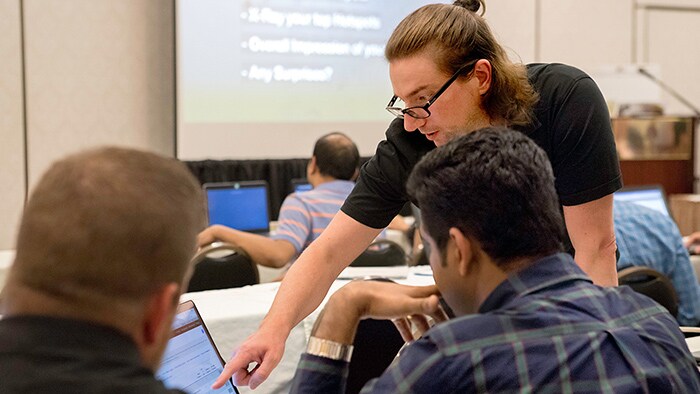
We delivered on our targets for 2020 [6] and set an ambitious 2025 target to drive tangible social and environmental impact We achieved recognition as an environmental leader By 2025, we aim to:
We are reducing CO2 emissions through innovation by
Stepping up our climate action priorities across the value chain, we are expanding our efforts to suppliers and customers to enhance their own sustainability programs. Because one thing is clear: more partnerships will multiply our collective impact.
For example, our Ingenia Ambition X 1.5T MR scanner comes with BlueSeal, a fully sealed magnet that has been designed to support the transition to sustainable, helium-free-for-life operations, as well as simplifying installation and reducing costly disruptions to MR services. In contrast to conventional magnet technology, which requires around 1,500 liters of liquid helium for cooling during operation, BlueSeal uses highly efficient, micro-cooling technology, which requires just 7 liters.
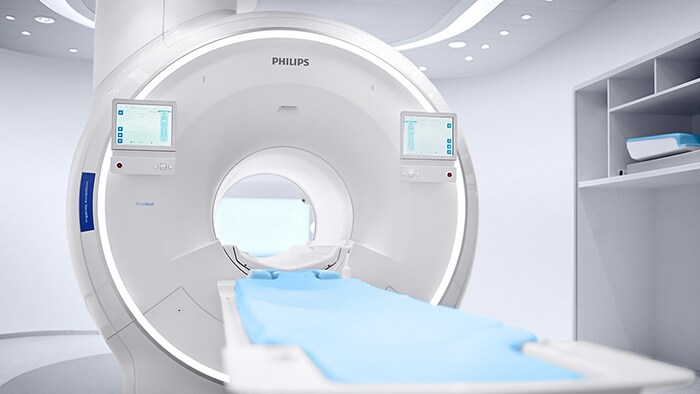
Another example is how Philips is stepping up its acclaimed supplier sustainability program [10] with the goal of at least 50% of its suppliers (based on spend) committing to science-based targets (SBTs) for CO₂ emissions reduction by 2025. If successful, this major push to decarbonize the company’s supply chain – by supporting its suppliers and incentivizing them to adopt and meet SBTs – will have an impact seven times greater than the reduction of CO₂ emissions from Philips’ own operations [11].
Sustainability is important to us because it’s at the core of what we do. Taking care of our customers and ensuring we’re doing the right thing for our community. It’s critical for us.”
Jim Salmons
Head of Global Multi-Vendor Services, Philips
Breaking down the parts: how AllParts is excelling as a breakthrough circular innovation
Innovative collaborations can help us fast forward to a healthier planet. Let’s take a look at AllParts, as an example of how a single solution can accelerate change by bringing the resources of many companies together.
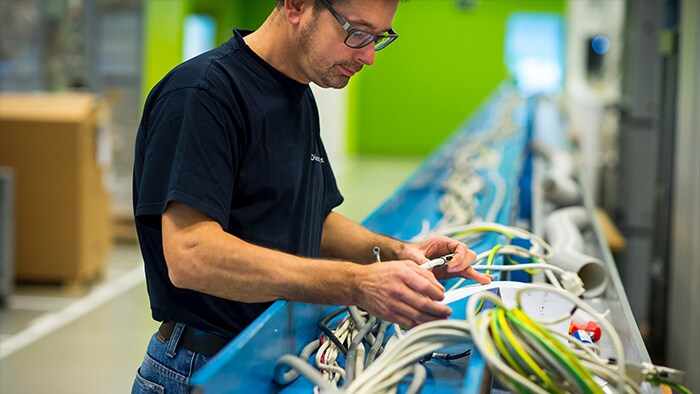
Since 2011, AllParts has been key to meeting the circular economy aspirations of Philips. AllParts is a division of Philips based in Nashville, TN. Established in 2008 and acquired by Philips in 2010, AllParts is the world’s largest supplier of used medical imaging equipment parts [12]. Through this company, Philips helps customers deal with their end-of-life equipment and receive the maximum value from their investments. One of the reasons AllParts has such an impact is because the service has multiple partners beyond Philips. AllParts will break down all the usable parts of equipment not just from Philips, but from other major manufacturers as well. They harvest the equipment for precious metals and anything that can be repurposed. They even take the plastic and send it to a third party that grinds it up and uses it for road patches.
Make. Use. Return. AllParts in action shows how aspirations for sustainability can become reality [12].
| 1,600 systems harvested per year | 2.2 million pounds of metal recovered per year | 32,000 parts recovered per year |
| 60,000+ parts in stock, ready to ship next day | Zero waste to landfill | 300-400 calls daily for parts |
The benefits of AllParts go far beyond repaired parts and recycled materials. Specifically, the service:
I’m extremely proud of the quality of the product that we put out. Everyone here understands that there’s a customer at the other end of that product that we’re working on. And they want to help make sure that customer experiences the least disruption from their equipment as possible.”
Mitch Foldi
National Sales Director, AllParts Medical – A Division of Philips
AllParts is just one way Philips has been partnering to strengthen the circular economy. From EcoDesign to digital innovations, sustainability is built into our DNA. Philips has more than 25 years of experience in applying circular innovation. This helps to reduce the use of virgin materials, lower the carbon footprint and reach sustainability goals, while helping build resilient local healthcare systems with high-quality equipment at affordable prices [13].
Today, Philips continues partnering to drive the adoption of circular thinking and encourage action among like-minded front-runners, NGOs and customers. Platform for Accelerating the Circular Economy (PACE) is a good example of this kind of public-private action. Initiated at the World Economic Forum in 2018, PACE has become the global collaboration and learning platform for public and private decision-makers to enable and scale circular practices globally. Within the framework of PACE, Philips assembled a coalition of capital equipment manufacturers with similar strong ambitions to learn from each other and develop and share best practices.
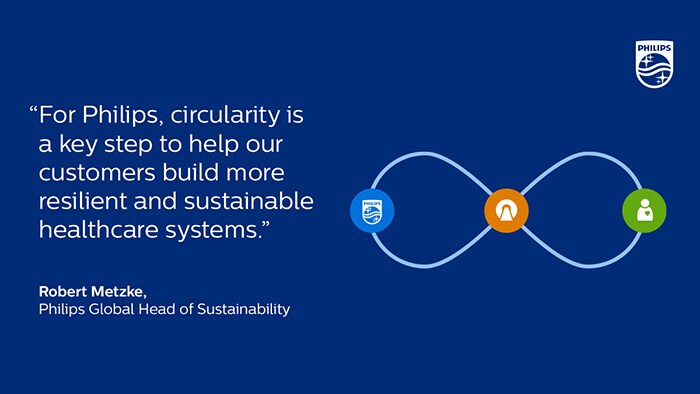
Looking at the value of our current partnerships, we’re motivated to develop new collaborations that go further and faster. Philips is partnering with customers who are asking for help to:
Philips is determined to provide the industry leadership needed to accelerate climate action and work to create more resilient, circular, and sustainable healthcare together with its customers and partners across the value chain.

We all have an active part to play in improving sustainability and access to care. Let’s inspire each other to commit to taking action and decarbonize healthcare together, making sure people can live healthy lives on a healthy planet.
Let’s talk about how we can work together:
Doing business responsibly and sustainably 1. Health Care Without Harm. Moonshot moment: Why healthcare is the climate champion we need right now. 2021 Annual Report. Accessed August 9, 2022. https://noharm-uscanada.org/sites/default/files/documents-files/6987/2021AnnualReport_HCWH.pdf 2. Health Care Without Harm Health Care's Climate Footprint. Accessed May 3 2023. https://noharm-global.org/sites/default/files/documents-files/5961/HealthCaresClimateFootprint_092319.pdf 3. Philips. Future Health Index 2023: US Report. Taking healthcare everywhere. 4. Health Care Without Harm. Race to zero. Accessed August 9, 2022. https://healthcareclimateaction.org/racetozero 5. Philips. Future Health Index 2022: Global Report. Healthcare hits reset: priorities shift as healthcare leaders navigate a changed world. 6. Philips. Philips meets its “Healthy people, Sustainable planet” targets and forges ahead with integrated ESG framework.” February 23, 2021. Accessed August 9, 2022. https://www.philips.com/a-w/about/news/archive/standard/news/press/2021/20210223-philips-meets-its-healthy-people-sustainable-planet-targets-and-forges-ahead-with-integrated-esg-framework.html#:~:text=Green%20Revenues%20increased%20to%20EUR,the%202020%20target%20of%2070%25 7. Philips. Philips again a leading company in the Dow Jones Sustainability Indices. November 22, 2021. Accessed August 9, 2022. https://www.philips.com/a-w/about/news/archive/standard/news/press/2021/20211122-philips-again-a-leading-company-in-the-dow-jones-sustainability-indices.html 8. Ochoa FN, Holder D, Sardon M. The 100 most sustainably managed companies in the world. The Wall Street Journal. October 13, 2020. Accessed August 9, 2022. https://www.wsj.com/articles/the-100-most-sustainably-managed-companies-in-the-world-11602507298 9. Philips. Philips continues to demonstrate strong committment to its ESG ambitions. Feb 21, 2023. Accessed May 3, 2023: https://www.philips.com/a-w/about/news/archive/standard/news/press/2023/20230221-philips-continues-to-demonstrate-strong-commitment-to-its-esg-ambitions.html 10. Philips. Philips ranked highly by CDP for supplier engagement on climate change. March 16, 2021. Accessed August 9, 2022. https://www.philips.com/a-w/about/news/archive/standard/news/articles/2021/20210316-philips-ranked-highly-by-cdp-for-supplier-engagement-on-climate-change.html 11. Philips. Philips announces ambitious climate action to drive significant reduction of greenhouse gas emissions in its supply chain. October 28, 2021. Accessed August 9, 2022.https://www.philips.com/a-w/about/news/archive/standard/news/press/2021/20211028-philips-announces-ambitious-climate-action-to-drive-significant-reduction-of-greenhouse-gas-emissions-in-its-supply-chain.html#:~:text=In%202021%2C%20Philips%20stepped%20up,CO%E2%82%82%20emissions%20reduction%20in%20the 12. AllParts Medical. Accessed August 9, 2022. https://www.allpartsmedical.com/ 13. Philips. Philips Circular Edition systems. Accessed August 9, 2022. https://www.philips.com.au/healthcare/solutions/philips-circular-systems
Other helpful links
References:




